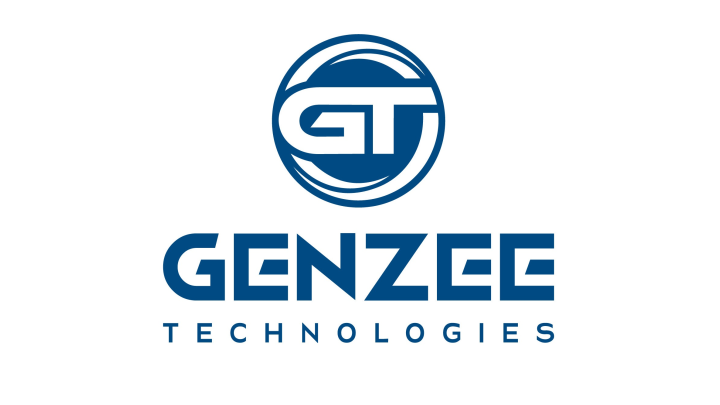 Certified Startup
Certified Startup
Genzee Technologies LLP
Sector:
IT/ITeS
Business Model:
B2C
Industry:
Enterprise Applications
Technology:
AI / ML
About
Incorporation Date
Apr 26, 2023
Incorporation Type
Limited Liability Partnership
Registered State
Kerala
Registered District
Ernakulam
Registered Address
3rd Floor, Door No. XVII/341-C3 , Ernakulam, Ernakulam, Kerala
Office State
Kerala
Office District
Ernakulam
Office Address
3rd Floor, Door No. XVII/341-C3 , Ernakulam, Ernakulam, Kerala
Team

ALBIN VINOY
Founder

AMAR MOHAMMED
Co-founder
courses
Our AI/ML engine is trained on vast amounts of data, ensuring unparalleled performance and reliability. Say goodbye to manual processing and hello to streamlined efficiency.
Sector:
IT/ITeS
Industry:
Enterprise Applications
Business Models:
B2C
Technology:
AI / ML

Certainly! When discussing product details for AI (Artificial Intelligence) and ML (Machine Learning), it typically involves several key aspects that potential users or stakeholders would want to know. Here’s a breakdown of what these details might include:
- Purpose and Use Cases: Explain the specific problem or domain the AI/ML product addresses. For example, it could be image recognition, natural language processing, predictive analytics, etc.
- Technology Stack: Detail the underlying technologies used, such as frameworks (TensorFlow, PyTorch), programming languages (Python, R), and any specialized hardware (GPUs, TPUs) if applicable.
- Data Requirements: Describe the types of data the product requires for training and operation. This includes data formats, sources, and any data preprocessing steps.
- Model Architecture: Provide an overview of the ML model(s) used, including their architecture (e.g., neural networks, decision trees) and how they were chosen or developed.
- Performance Metrics: Specify the key performance indicators (KPIs) used to measure the effectiveness of the AI/ML models. This could include accuracy, precision, recall, F1-score, etc.
- Scalability and Deployment: Explain how the product scales with larger datasets or increased usage. Describe deployment options, such as cloud-based solutions, on-premises installations, or integration with existing systems.
- Security and Compliance: Outline measures taken to ensure data security and regulatory compliance (e.g., GDPR, HIPAA) if handling sensitive information.
- User Interface and Experience: If applicable, describe the user interface (UI) or API that interacts with the AI/ML models. User experience considerations such as ease of use and accessibility may also be included.
- Maintenance and Support: Detail ongoing maintenance requirements, updates, and support options provided to users or clients.
- Useful Documentation and Resources: Provide links or references to further documentation, tutorials, and support materials that help users understand and effectively use the product.
These details collectively help potential users or buyers understand the capabilities, limitations, and requirements of the AI/ML product, enabling them to make informed decisions about its adoption or integration into their workflows.